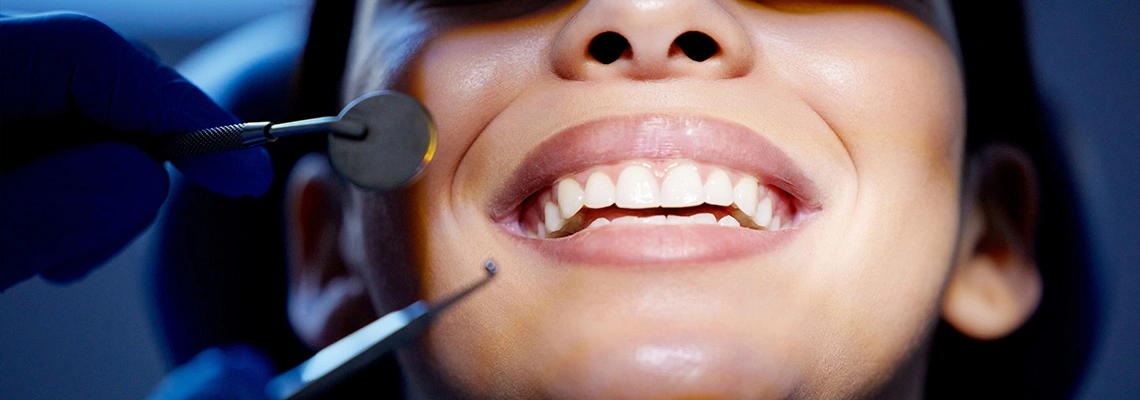What do you know about cosmetic ear surgery in Turkey?
If you have protruded or misshapen ears due to a birth defect or injury and would like to correct their appearance, ear surgery or “otoplasty” may be an ideal option for you. Generally, ear surgery is a safe procedure that is done for children and adults, ensuring good results.
Otoplasty procedure can reshape the structure of your ears, bring balance and proportion to the ears, and give a natural appearance.
Table of contents
- What is ear surgery in Turkey?
- Why ear surgery in Turkey?
- What are the types of ear surgery?
- What is the best age for otoplasty procedure?
- Who is a good candidate for ear surgery?
- Pre-operative instructions for ear surgery
- How long does otoplasty surgery last?
- How is ear surgery done?
- Otoplasty recovery
- Post-operative instructions for ear surgery
- Is ear surgery a major surgery?
- How serious is ear surgery?
- Do ears go back after otoplasty?
- Is otoplasty procedure permanent?
- Ear surgery side effects
- How much does ear surgery cost in Turkey?
What is ear surgery in Turkey?
Ear surgery or otoplasty is a plastic procedure that aims to improve ear appearance by correcting its shape, position, and proportion. It is done under general or local anesthesia and can correct birth abnormalities or damage to the ear's structure.
Ear surgery is a powerful solution to macrotia; the medical condition in which the ear is overly large and protruding ears.
Related articles
Why ear surgery in Turkey?
Turkey has a well-established and thriving healthcare industry, with a growing reputation for providing high-quality medical procedures at affordable prices. This includes ear surgery, which is commonly performed in Turkey by experienced and highly trained surgeons. Additionally, Turkey has become a popular destination for medical tourism, with many patients traveling from abroad to undergo treatment.
What are the types of ear surgery?
There are several types of ear surgery, including otoplasty (to correct prominent or protruding ears), earlobe repair (to fix stretched or torn earlobes), and tympanoplasty (to repair a perforated eardrum). Other procedures may be performed to correct congenital deformities, correct hearing loss, or address other ear-related issues.
What is the best age for otoplasty procedure?
Otoplasty is typically performed on children between the ages of 4 and 14, when the ears are fully developed but still flexible enough to be reshaped. However, the procedure can be performed on adults as well.

Who is a good candidate for ear surgery?
The right candidate for ear surgery should be:
-
Over 5 years old, and his/her ears are grown and developed completely.
-
In good public health, and does not suffer from certain diseases, which might hinder the operation.
-
The right candidate should not have chronic ear infections.
-
Has protruded ears and wants to correct them.
-
Dissatisfied with the ear shape and wants to improve its contour.
Pre-operative instructions for ear surgery
The success of your operation depends on how you prepare yourself for it. These are some important tips you should follow before the operation:
-
Stop smoking for two weeks before the operation to ensure fast healing.
-
Wear loose and comfortable clothing on the day of the surgery.
-
Avoid taking medicines, such as aspirin, ibuprofen combinations, anti-inflammatory, or Vitamin E, for 2 weeks before the operation.
-
Stop drinking alcohol or coffee for a week before the operation to avoid any risk of complications.
-
Don't eat or drink the night before the surgery.
How long does otoplasty surgery last?
The length of otoplasty surgery can vary depending on the extent of the procedure and whether both ears are being treated. Generally, the surgery takes between one and two hours to complete.
How is ear surgery done?
Typically, ear surgery takes 1 to 2 hours depending on the ear situation. The procedure involves the following steps:
-
The patient might receive either local or general anesthesia. The doctor chooses the appropriate anesthesia for the patient to make sure that he will sleep deeply during the operation.
-
The surgeon makes a small incision behind the ear, which allows access to the cartilage of the ear, which is the main part of the ear.
-
Next, to reshape the ear, the surgeon may cut a small piece of cartilage. In some cases, it may need no incision, the cartilage just is stitched and adjusted.
-
Finally, the incision is closed with dissolvable stitches.

Otoplasty recovery
The otoplasty recovery period typically lasts about one to two weeks. Patients may experience some discomfort, swelling, and bruising around the ears, but these symptoms can be managed with pain medication and cold compresses. It is important to avoid strenuous activity and to follow all post-operative instructions provided by your surgeon to ensure proper healing.
Post-operative instructions for ear surgery
After the operation, you should follow some tips to help you heal quickly and maintain your results.
-
Wear a bandage or dressing to keep the area clean and protect it from trauma.
-
Take your medication prescribed by your doctor to help release your pain.
-
Avoid sunlight or tanning during the period of healing.
-
Children can return to school after 1 to 2 weeks after the operation.
-
Give yourself 2 weeks before going back to your daily activity.
-
You should wait 12 weeks before doing any strenuous activity, such as exercise.
-
Avoid swimming for 4 to 6 weeks after the operation.
-
Keep avoiding aspirin and any blood-thinner product which might lead to bleeding after the operation.
Is ear surgery a major surgery?
Ear surgery, or otoplasty, is generally considered a minor surgical procedure. It involves making small incisions behind the ear to reshape the cartilage and improve the appearance of the ear. However, as with any surgical procedure, there are potential risks and complications that should be discussed with a qualified medical professional.
How serious is ear surgery?
Ear surgery is generally considered to be a safe and effective procedure, with a low risk of serious complications. However, as with any surgery, there is always a risk of infection, bleeding, or adverse reactions to anesthesia. It is important to follow all pre- and post-operative instructions provided by your surgeon to minimize the risk of complications.
Do ears go back after otoplasty?
In most cases, the results of otoplasty are permanent. However, there is a small risk that the ears may gradually shift back to their original position over time. This is more likely to occur if proper post-operative care is not followed or if the ear is subjected to trauma.
Is otoplasty procedure permanent?
Otoplasty is considered a permanent procedure, as the changes made to the ear cartilage are intended to be long-lasting. However, the final outcome can be affected by factors such as aging, weight gain, or trauma to the ear.
Ear surgery side effects
Ear surgery or otoplasty procedure might be associated with some risks:
-
Bleeding
-
Infection
-
Scars might be permanent but hidden within or behind your ears.
-
Asymmetric ears.
-
Temporary changes in skin sensation around the ear.
-
Overcorrected ears that pinned back extremely.
How much does ear surgery cost in Turkey?
The cosmetic ear surgery cost might vary from patient to patient depending on his ear situation. Generally, the average cost of ear surgery in Turkey is around $1700.
Before & After Ear Surgery in Turkey 2025: Procedure, Healing Process, and Costs















